Optimal Timing for Concrete Installations
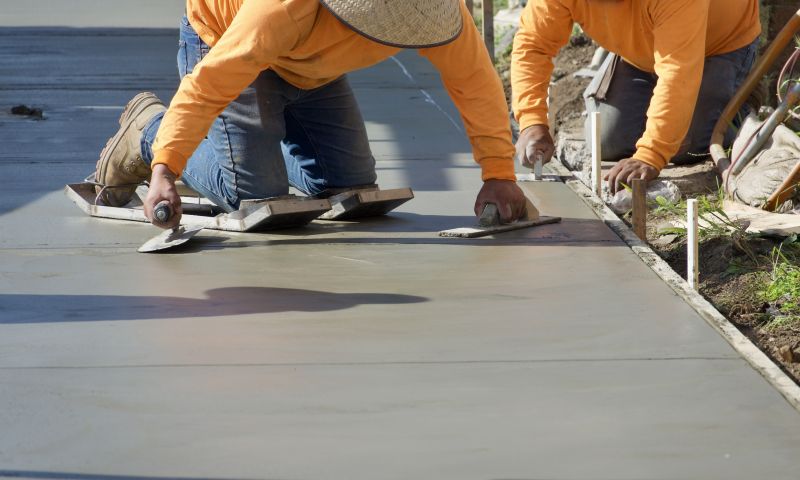
Concrete is best installed during warm, dry weather to ensure proper curing and strength development.
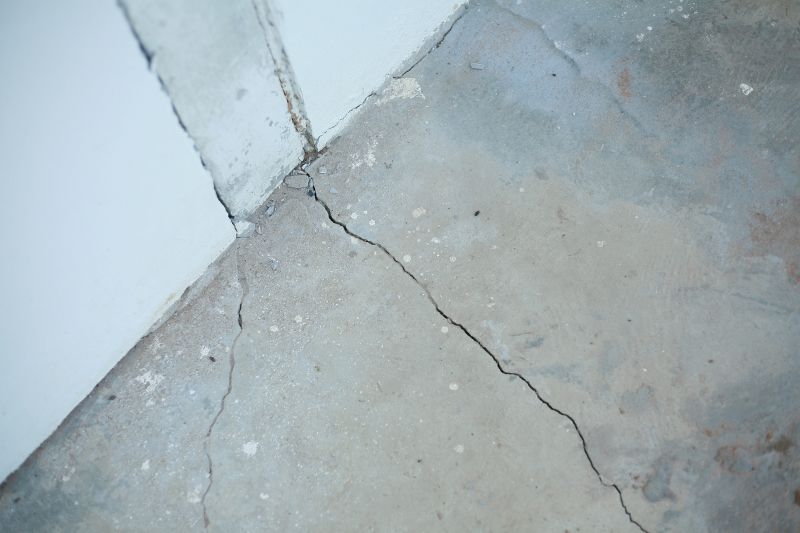
Installation should be avoided when temperatures are expected to drop below freezing, as it can cause cracking and curing issues.
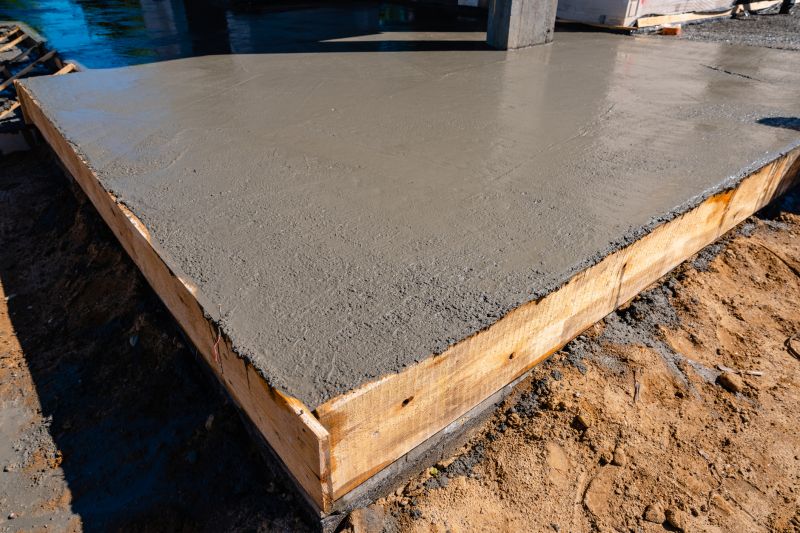
Spring and summer typically offer ideal conditions with moderate temperatures and low precipitation.
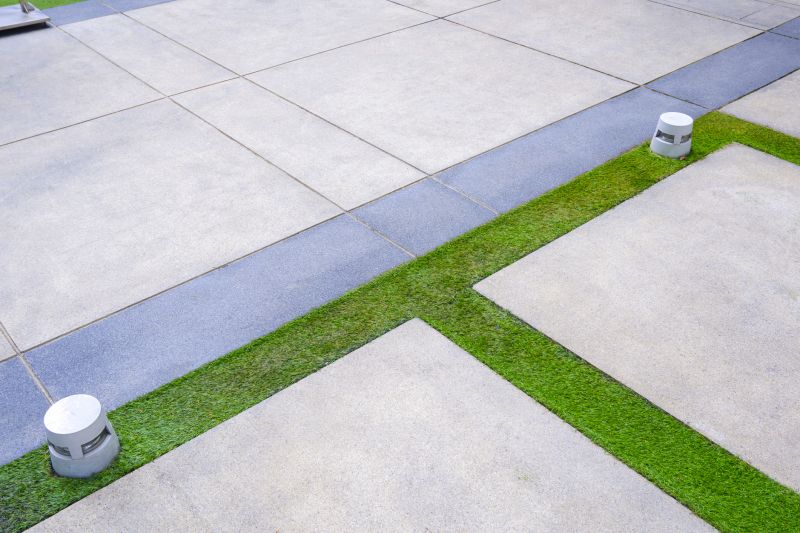
Ways to make Concrete Installations work in tight or awkward layouts.

Popular materials for Concrete Installations and why they hold up over time.

Simple add-ons that improve Concrete Installations without blowing the budget.
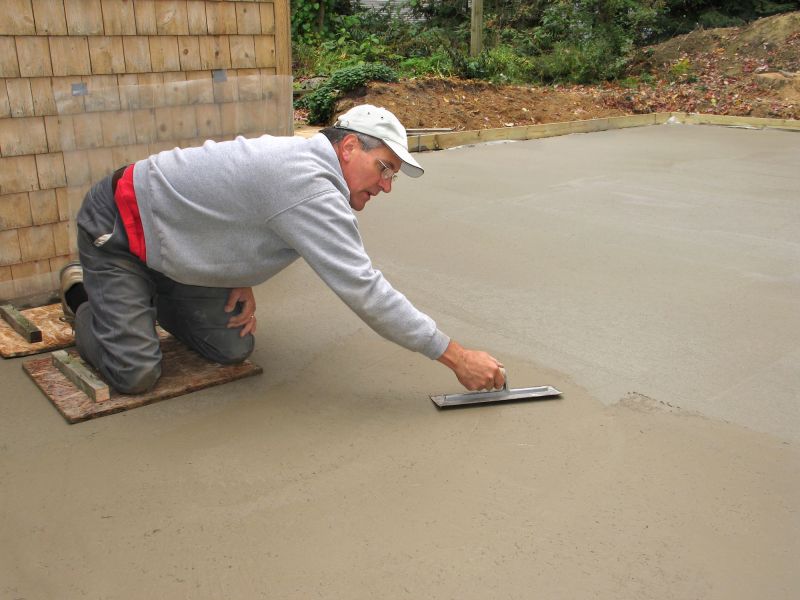
High-end options that actually feel worth it for Concrete Installations.

Finishes and colors that play nicely with Concrete Installations.
Concrete installations require careful timing to ensure durability and quality. Temperature, humidity, and weather patterns significantly influence the curing process and final outcome. Installing concrete during periods of stable, warm weather minimizes the risk of cracking, scaling, and improper setting. Proper planning based on seasonal weather patterns can extend the lifespan of the concrete and reduce maintenance needs.
Extreme cold or heat can affect the curing process, leading to weaker concrete or surface defects.
Temperatures between 50 and 85 degrees Fahrenheit are generally optimal for concrete installation.
Heavy rain can disrupt curing, while high humidity can slow the process, making weather forecasts essential.
Scheduling concrete work during stable weather periods ensures better results and longevity.
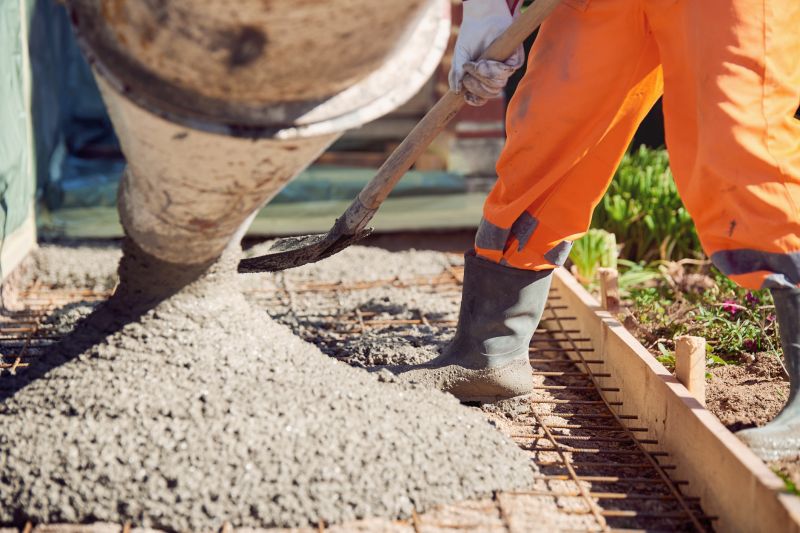
Spring offers moderate temperatures and is often ideal for concrete installation projects.
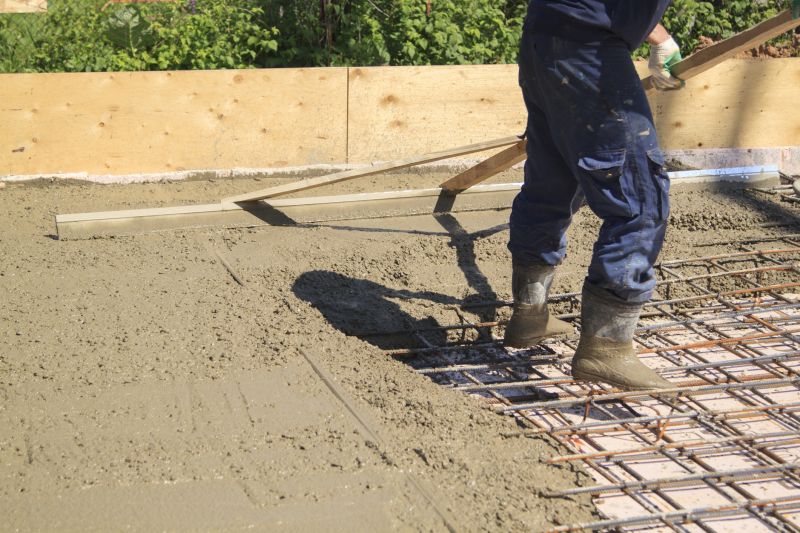
Summer provides warm weather, but precautions against rapid drying are necessary.
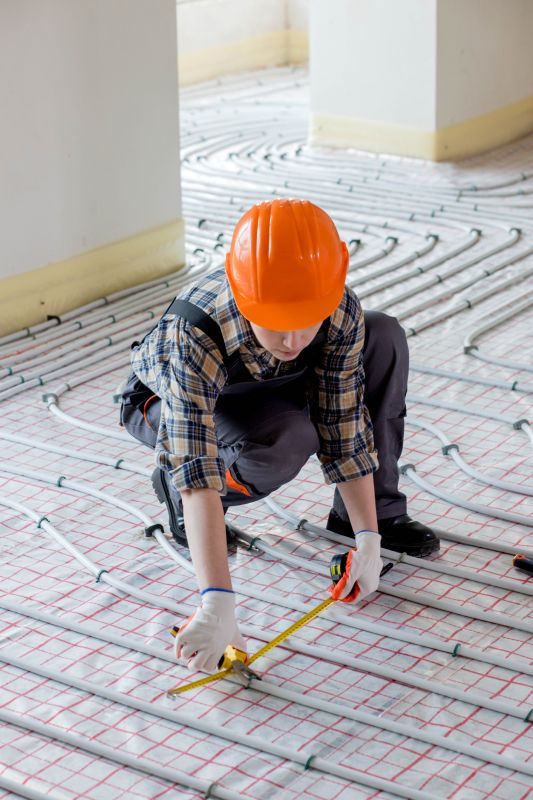
Cold seasons require additional measures like heating blankets or additives to prevent freezing.
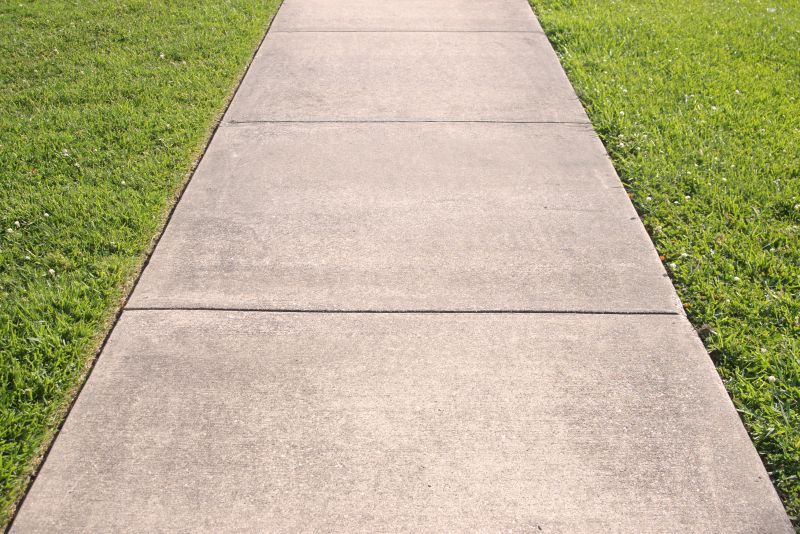
Constant weather tracking ensures installations are scheduled during suitable conditions.

Little measurements that prevent headaches on Concrete Installations day.
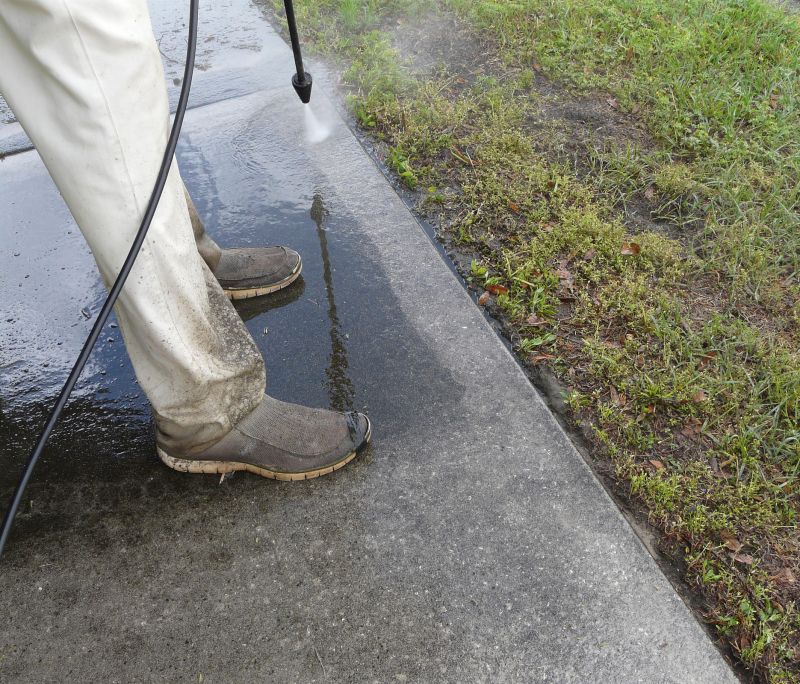
A 60-second routine that keeps Concrete Installations looking new.
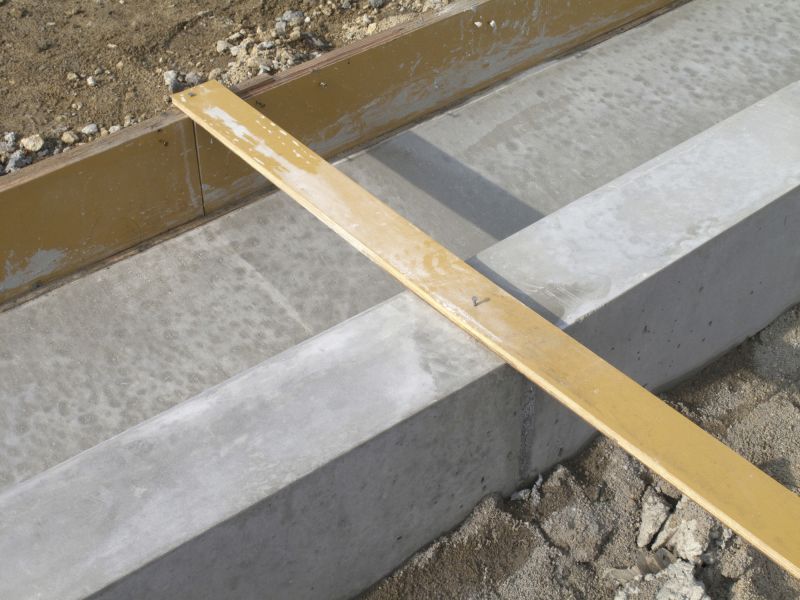
A frequent mistake in Concrete Installations and how to dodge it.
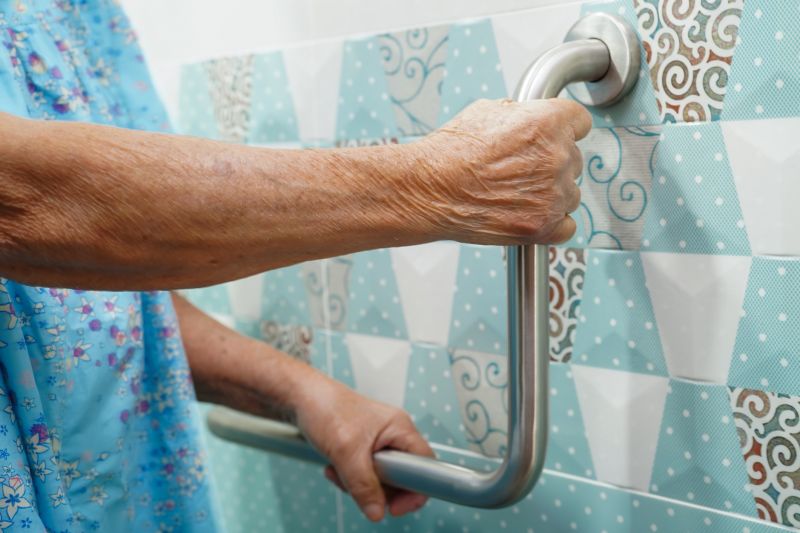
Small tweaks to make Concrete Installations safer and easier to use.
| Season | Optimal Conditions |
|---|---|
| Spring | Moderate temperatures and low precipitation |
| Summer | Warm weather with precautions for rapid drying |
| Fall | Cooler temperatures, potential for rain |
| Winter | Cold temperatures requiring special measures |
Concrete installation is a precise process that benefits from optimal weather conditions. Proper timing not only enhances the strength and appearance but also reduces the likelihood of future repairs. Recognizing seasonal patterns and planning accordingly can lead to successful projects with durable results.

Summer installations require measures to control rapid drying and temperature fluctuations.
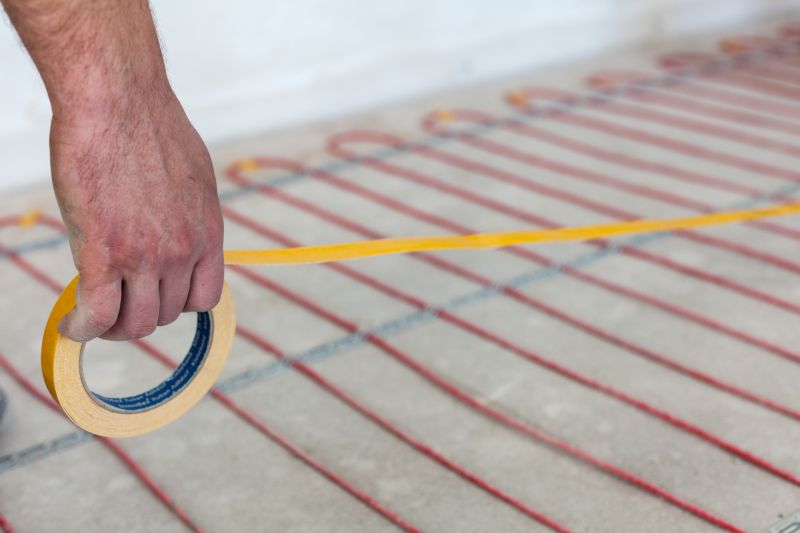
Special precautions like heating and additives are necessary for winter projects.

These seasons often provide the most stable conditions for concrete work.
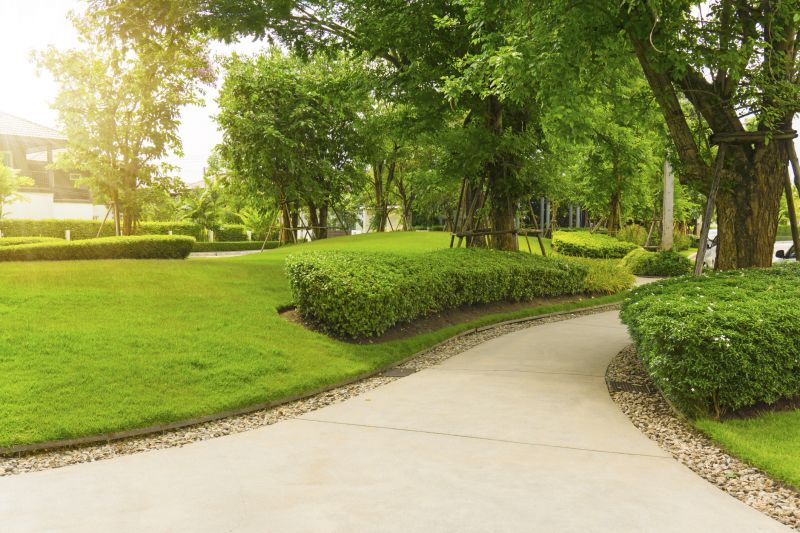
Lower-waste or water-saving choices for Concrete Installations.
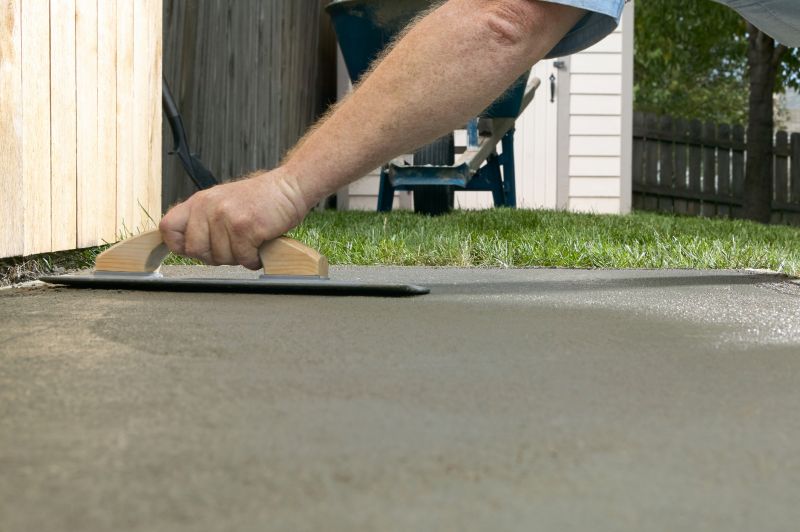
The short, realistic tool list for quality Concrete Installations.

Rough timing from prep to clean-up for Concrete Installations.
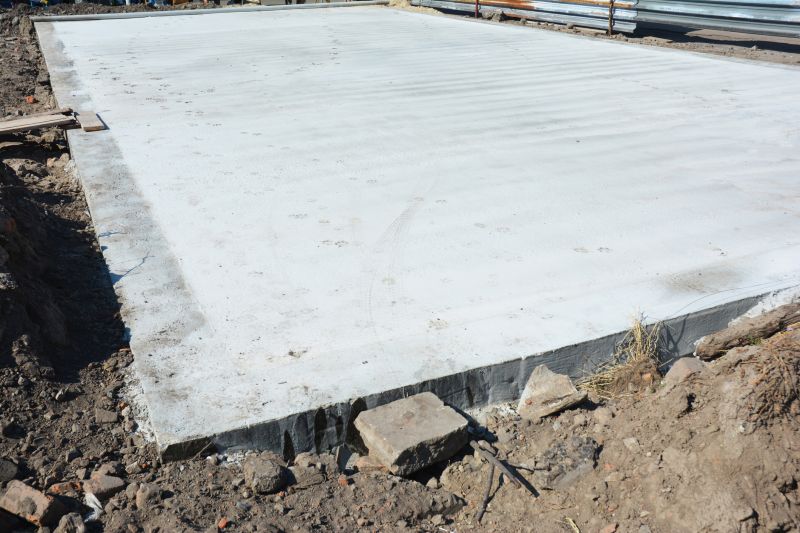
Quick checks and paperwork to keep after Concrete Installations.
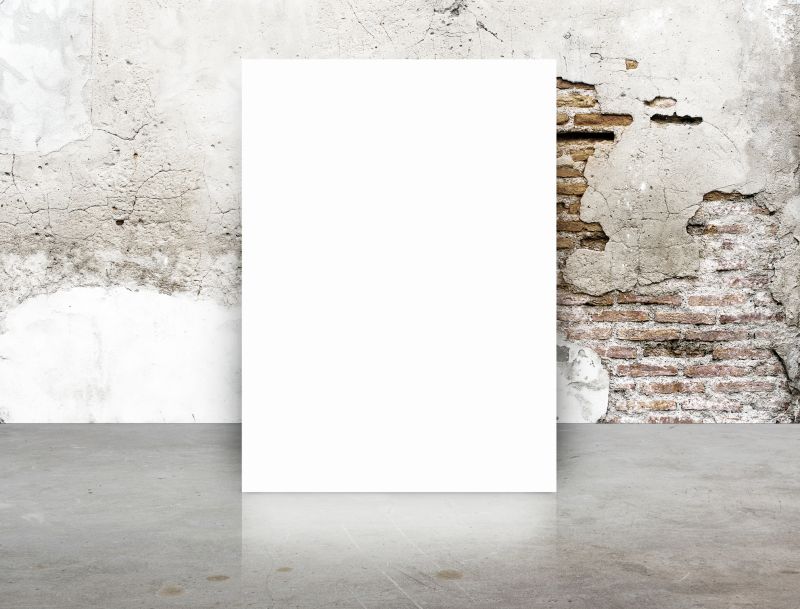
Examples that show the impact a good Concrete Installations can make.
Choosing the right time for concrete installation is crucial for achieving a durable and high-quality finish. Weather conditions influence curing times and the final strength of the concrete. Proper planning ensures optimal results and minimizes potential issues related to weather extremes.
Professional advice can help determine the best time for your specific project conditions.
Regular weather updates assist in scheduling concrete work during favorable conditions.
Adjusting plans based on seasonal weather can improve the quality of installation.
Interested in scheduling a concrete installation? Filling out the contact form provides the necessary details to plan your project during the most suitable time, ensuring quality and longevity.
